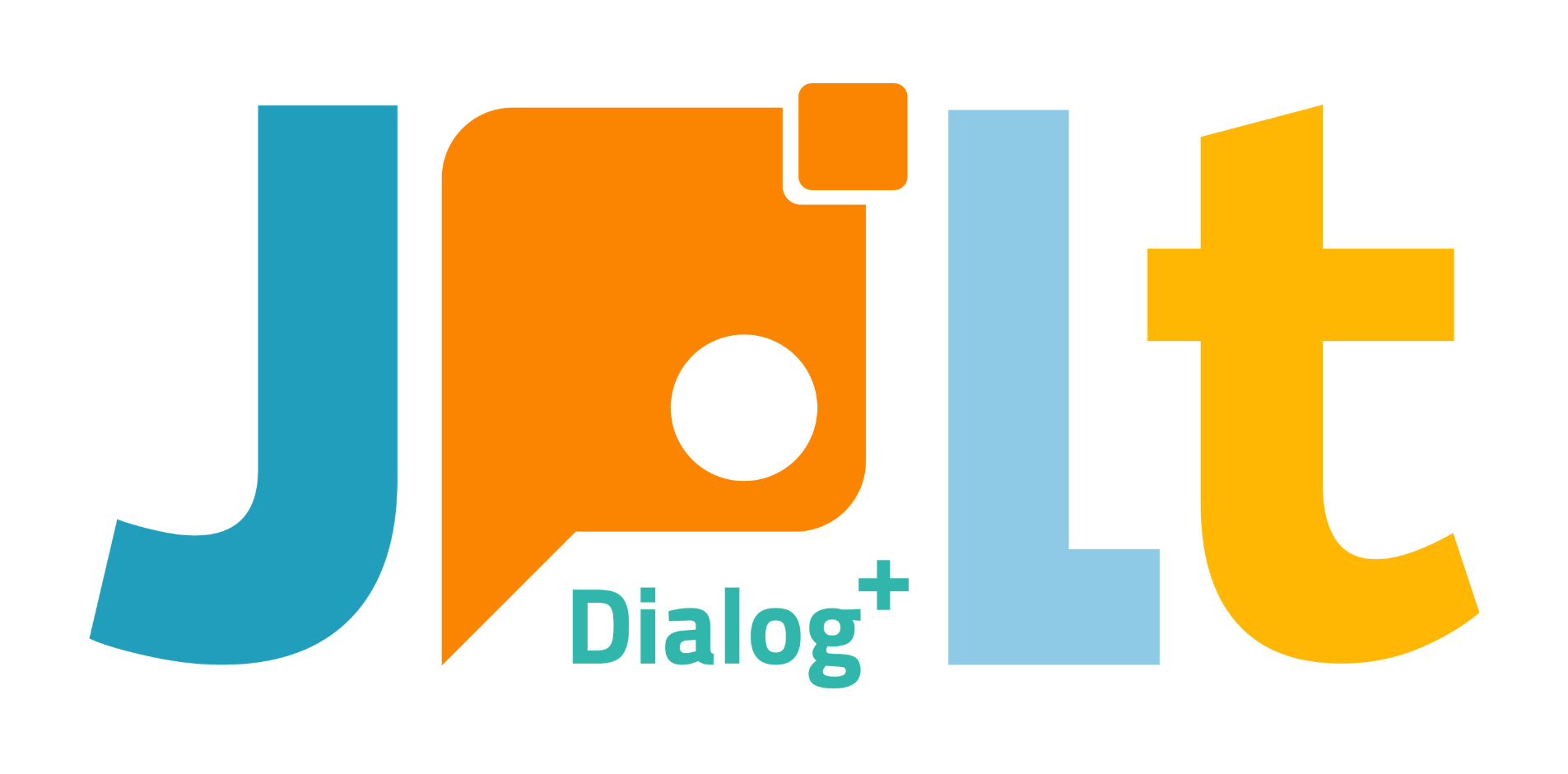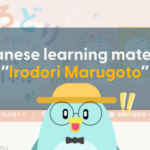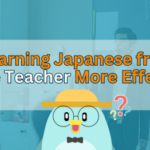The Difference Between “食べたことがない” (Tabeta koto ga nai) and “食べなかったことがある” (Tabenakatta koto ga aru)
Both “食べたことがない” (Tabeta koto ga nai) and “食べなかったことがある” (Tabenakatta koto ga aru) refer to experiences involving eating, but how are they different? Does “食べたことがない” (Tabeta koto ga nai) mean you’ve never eaten something, while “食べなかったことがある” (Tabenakatta koto ga aru) implies you’ve had the chance to eat it but chose not to? Should you use these expressions differently depending on the situation?
While both phrases talk about eating experiences, they have different nuances.
In this blog, Eri-san will explain the difference between these two expressions clearly for Japanese learners, with the help of Eri from JPLT Online Japanese Language School.
What Does “食べたことがない” (Tabeta koto ga nai) Mean?
“食べたことがない” (Tabeta koto ga nai) means that you have never eaten a particular food before.
-
Past experience: It expresses a fact from your past — you have never eaten that food in your lifetime.
-
Unknown food: It implies that you have no experience with the taste or texture of the food.
Example sentences:
-
“私は寿司を食べたことがない。” (Watashi wa sushi o tabeta koto ga nai.)“I have never eaten sushi.” (Meaning you’ve never tried sushi before.)
-
“この国の料理は、ほとんど食べたことがない。” (Kono kuni no ryouri wa, hotondo tabeta koto ga nai.)“I’ve hardly eaten any of the food from this country.” (Meaning you don’t know much about the cuisine.)
What Does “食べなかったことがある” (Tabenakatta koto ga aru) Mean?
“食べなかったことがある” (Tabenakatta koto ga aru) means that you had the opportunity to eat something but chose not to.
-
Choice: This phrase implies you had the option to eat it but for some reason, you didn’t.
-
Reason: There could be a specific reason why you didn’t eat it (e.g., you didn’t like the taste, or you were too full).
Example sentences:
-
“パーティーでケーキが出てきたけど、食べなかったことがある。” (Paatii de keeki ga detekita kedo, tabenakatta koto ga aru.)“Cake was served at the party, but I’ve had the experience of not eating it.” (Perhaps because you didn’t feel like eating it at that moment.)
-
“ダイエット中だったので、ラーメンは食べなかったことがある。” (Daietto-chuu datta node, raamen wa tabenakatta koto ga aru.)“I was on a diet, so I’ve had the experience of not eating ramen.” (Meaning you had the chance but chose not to because you were dieting.)
Summary: Differences Between “食べたことがない” (Tabeta koto ga nai) and “食べなかったことがある” (Tabenakatta koto ga aru)
|
Expression
|
Characteristics
|
When to Use
|
|---|---|---|
|
食べたことがない (Tabeta koto ga nai)
|
No past experience with the food
|
When you’ve never eaten it
|
|
食べなかったことがある (Tabenakatta koto ga aru)
|
Had the opportunity to eat but didn’t
|
When you had a choice but chose not to eat it
|
Which One Should You Use?
The choice between these two phrases depends on the situation and what you want to communicate:
-
If you’ve never eaten the food before: Use “食べたことがない” (Tabeta koto ga nai).
-
If you had the chance to eat it but didn’t for some reason: Use “食べなかったことがある” (Tabenakatta koto ga aru).
Summary: Using “食べたことがない” (Tabeta koto ga nai) and “食べなかったことがある” (Tabenakatta koto ga aru)
Both “食べたことがない” (Tabeta koto ga nai) and “食べなかったことがある” (Tabenakatta koto ga aru) express the idea of not having eaten something, but they convey different meanings. “食べたことがない” (Tabeta koto ga nai) shows that you have never eaten that food at all — it’s something completely unfamiliar to you. On the other hand, “食べなかったことがある” (Tabenakatta koto ga aru) implies that you’ve had the chance to eat it but chose not to for some reason, such as personal preference or other circumstances.
In Japanese, even small differences in words can change the meaning and nuance significantly. By exploring these nuances, you can gain a deeper understanding of the language and communicate more precisely.
Just like how the meaning of “食べたことがない” (Tabeta koto ga nai) and “食べなかったことがある” (Tabenakatta koto ga aru) changes based on context, the world of Japanese is full of rich and exciting discoveries.




